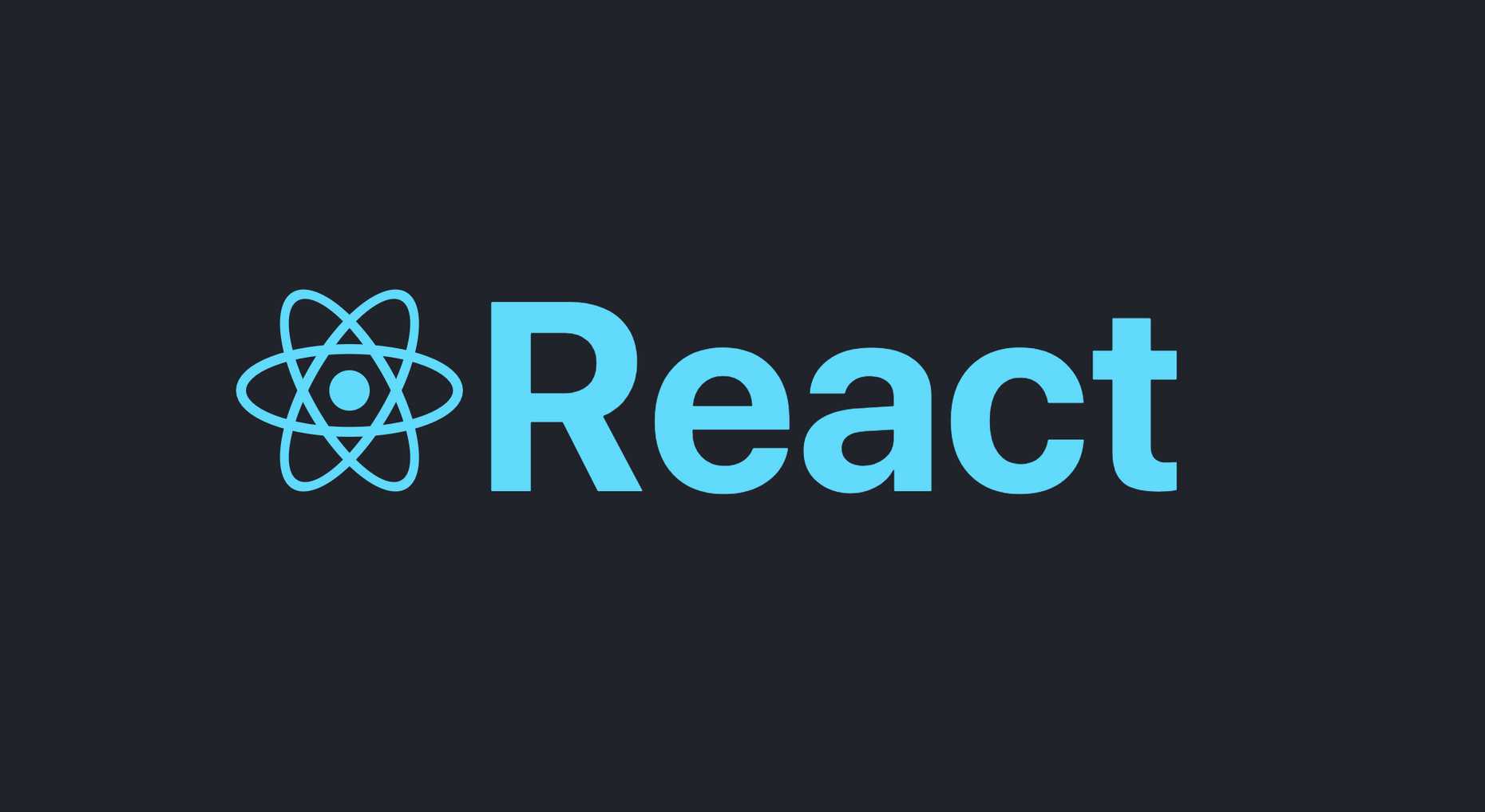
React has emerged as one of the most popular JavaScript libraries for building user interfaces in recent years. Its component-based architecture and efficient virtual DOM rendering make it a go-to choice for developers seeking to create dynamic and interactive web applications. In this blog post, we'll delve into the world of React, explore its key features, and discuss why it has gained such immense popularity among developers.
React, developed by Facebook, is an open-source JavaScript library that simplifies the process of building complex user interfaces. It follows a component-based approach, allowing developers to break down their UI into reusable and modular components. React efficiently manages the state and efficiently updates the DOM, resulting in fast and responsive applications.
One of the standout features of React is its virtual DOM implementation. Instead of directly manipulating the actual browser DOM, React creates a virtual representation of the DOM in memory. This virtual DOM allows React to efficiently track changes, update only the necessary components, and then synchronize with the real DOM. This approach leads to improved performance and a smoother user experience.
React utilizes JSX, a syntax extension that enables developers to write HTML-like code directly within JavaScript. JSX simplifies the creation of React components by combining HTML structure and JavaScript logic. This declarative approach enhances code readability and makes it easier to understand and maintain complex UI structures.
React promotes a component-based architecture, where UIs are divided into reusable, independent components. Components encapsulate their own state, rendering logic, and styles, making them modular and easy to maintain. This approach allows developers to build large-scale applications by composing smaller, self-contained components, enhancing code reusability and separation of concerns.
In React, data flows in a unidirectional manner. The component's state represents the current data, while props (short for properties) are used to pass data from parent to child components. This unidirectional flow ensures predictable and manageable data handling, making it easier to debug and reason about the application's behavior.
React's popularity has given rise to a vibrant ecosystem of libraries and tools that extend its capabilities. From state management solutions like Redux and MobX to styling frameworks like styled-components and Material-UI, developers have access to a wealth of resources to enhance their React development workflow.
React has revolutionized the way developers build web applications by providing a powerful, efficient, and scalable framework for creating rich user interfaces. Its component-based architecture, virtual DOM, and declarative syntax make it a top choice for developers aiming to deliver high-performance applications with an exceptional user experience. By diving into the world of React and harnessing its capabilities, developers can unlock a whole new level of web application development.

